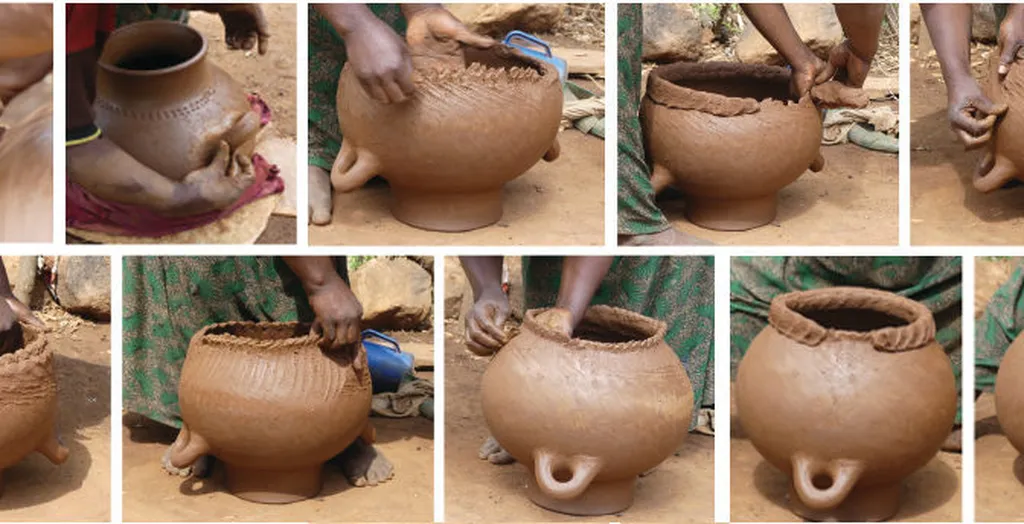In the heart of Ethiopia, a groundbreaking study is paving the way for a more sustainable and self-sufficient future in the refractory ceramics industry. Aragaw Mulu Muhaba, a researcher from the Faculty of Mechanical and Industrial Engineering at Bahir Dar University, has developed a robust framework for fabricating high-performance refractory ceramics using locally sourced kaolinitic clay. This innovative approach not only promises to reduce dependency on imported materials but also offers significant commercial impacts for the energy sector.
Refractory ceramics are crucial for high-temperature applications, such as in furnaces, kilns, and other energy-intensive industries. Traditionally, these materials have been imported, leading to high costs and logistical challenges. Muhaba’s research, published in *Materials Research Express* (which translates to “Materials Research Express” in English), aims to change that by leveraging indigenous materials and advanced optimization techniques.
The study begins with a comprehensive characterization of the local kaolinitic clay, confirming its high alumina-silica composition, which is ideal for refractory applications. Muhaba then employs an integrated Taguchi-Grey Relational Analysis (GRA) methodology to optimize key processing parameters, including firing temperature, binder content, and calcination time. This multi-response optimization approach ensures that the final product meets the stringent requirements of industrial applications.
“By optimizing these parameters, we can significantly enhance the mechanical strength and reduce the porosity of the refractory ceramics,” Muhaba explains. “This leads to a more durable and efficient material, which is crucial for high-temperature applications in the energy sector.”
The statistical analysis of variance (ANOVA) identified binder content and calcination time as the most statistically significant factors influencing the final properties. The optimal processing conditions yielded a refractory material with exceptional mechanical strength, significantly reduced porosity, and enhanced densification. Microstructural analysis confirmed that these improvements resulted from a well-sintered ceramic body with prominent mullite crystallization.
The model’s predictive accuracy was successfully validated, demonstrating its reliability for process optimization. This research provides a viable, data-driven strategy for developing industrial-grade refractories from indigenous materials, offering a sustainable alternative to imported products and supporting regional industrial self-sufficiency.
The implications of this research are far-reaching. By utilizing locally sourced materials and advanced optimization techniques, the energy sector can reduce costs, improve efficiency, and minimize environmental impact. “This study not only supports the local economy but also contributes to the global effort towards sustainable industrial practices,” Muhaba adds.
As the world continues to seek innovative solutions for sustainable development, Muhaba’s research offers a compelling example of how local resources and advanced technology can come together to shape the future of the refractory ceramics industry. The study’s findings could inspire similar initiatives in other regions, fostering a more self-sufficient and environmentally conscious approach to industrial materials.
In the quest for sustainable and efficient industrial practices, Muhaba’s work stands as a testament to the power of local innovation and the potential of advanced optimization techniques. As the energy sector continues to evolve, this research could play a pivotal role in shaping the future of refractory ceramics and beyond.

